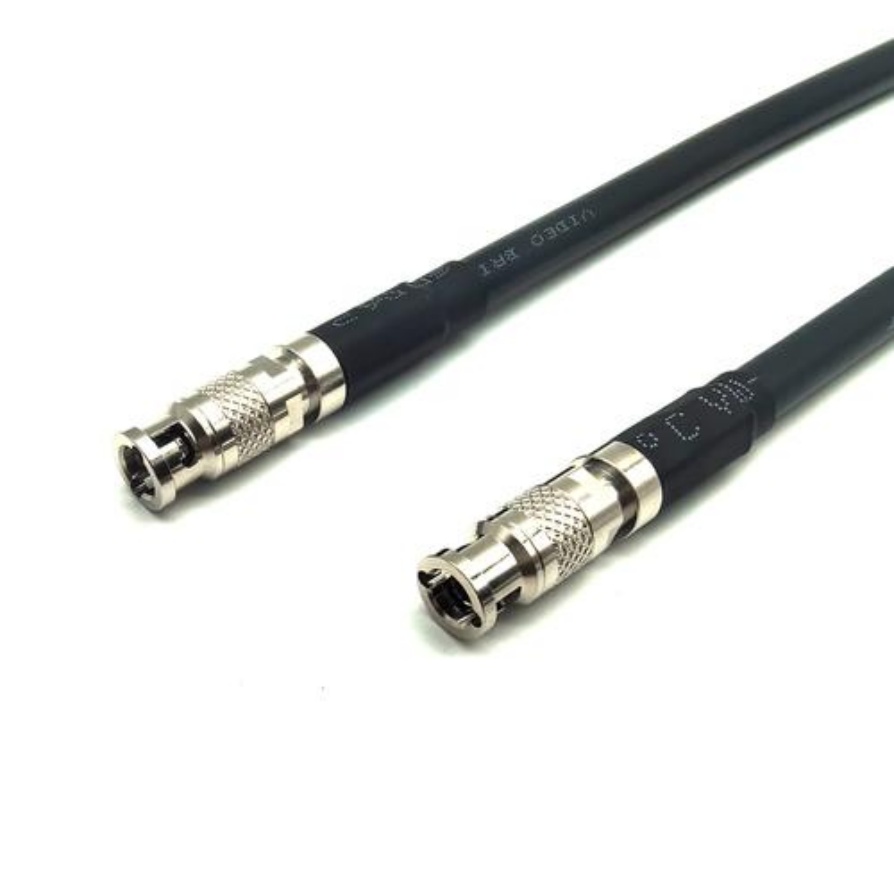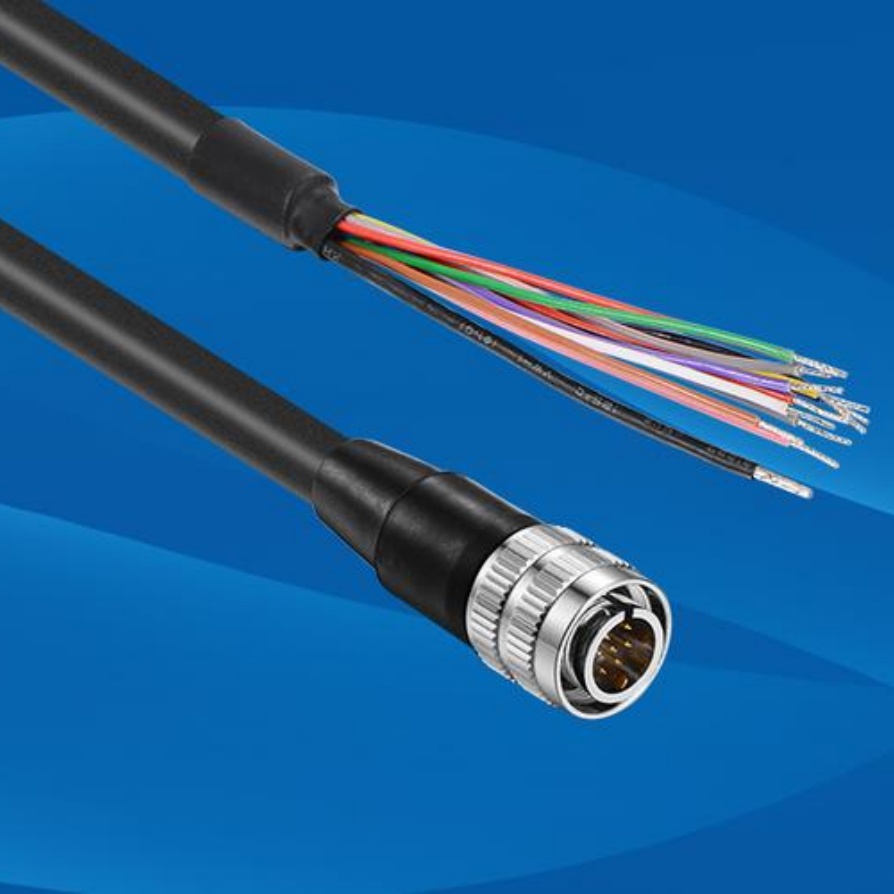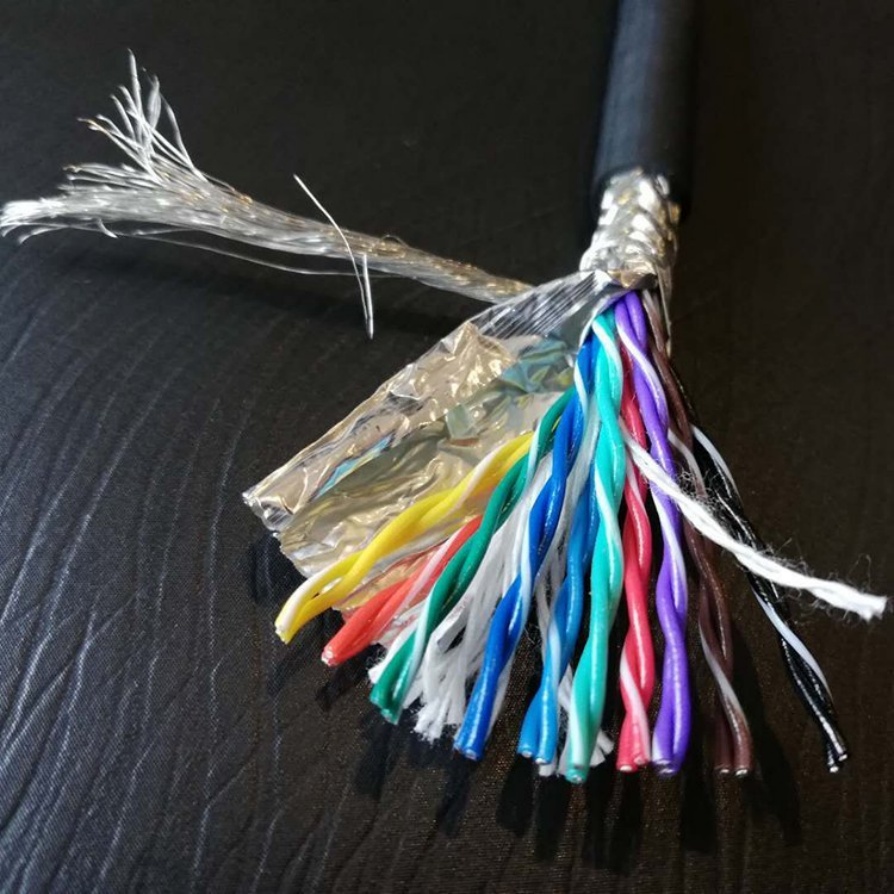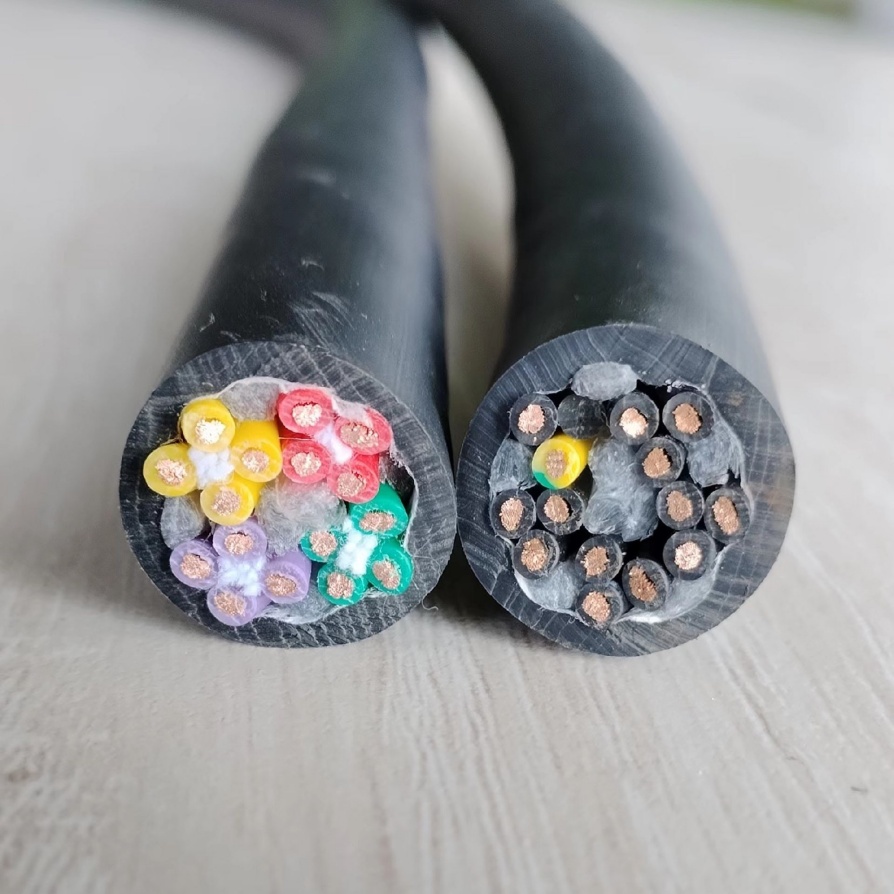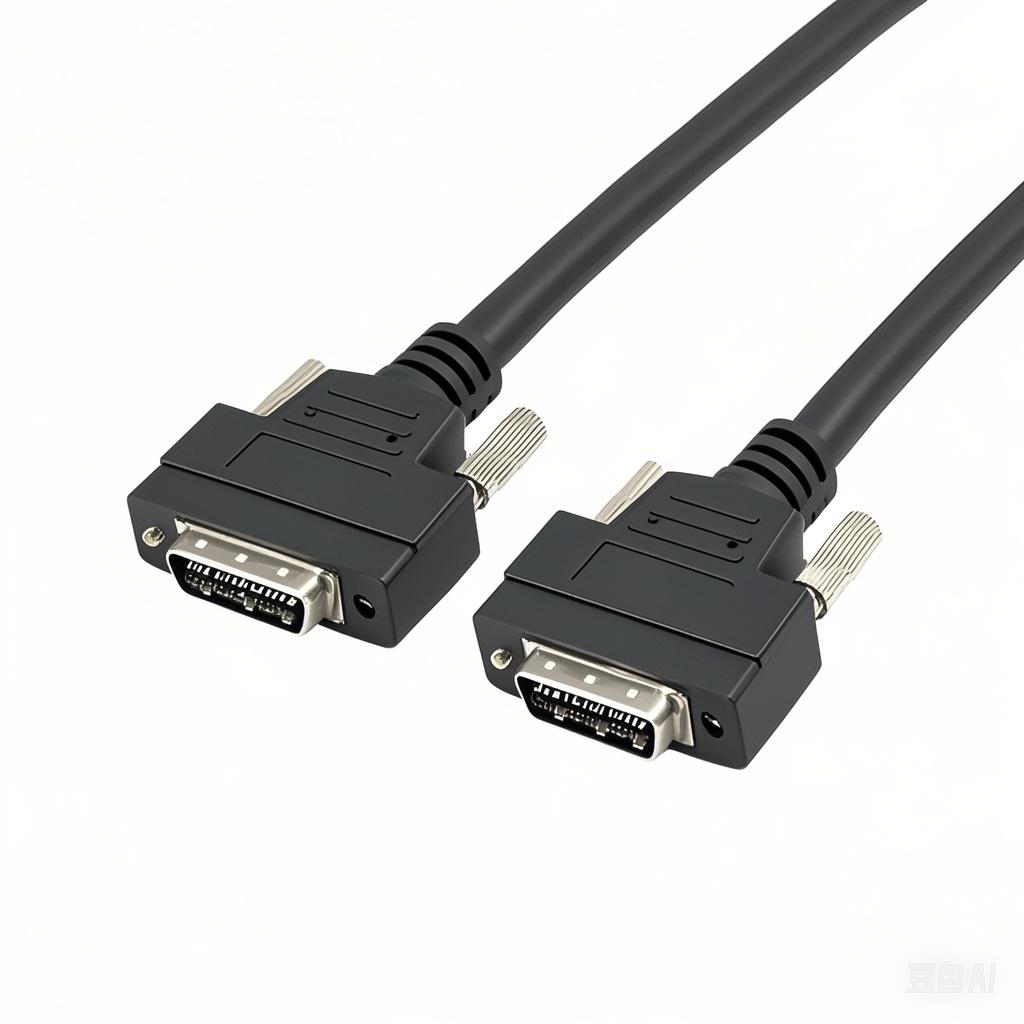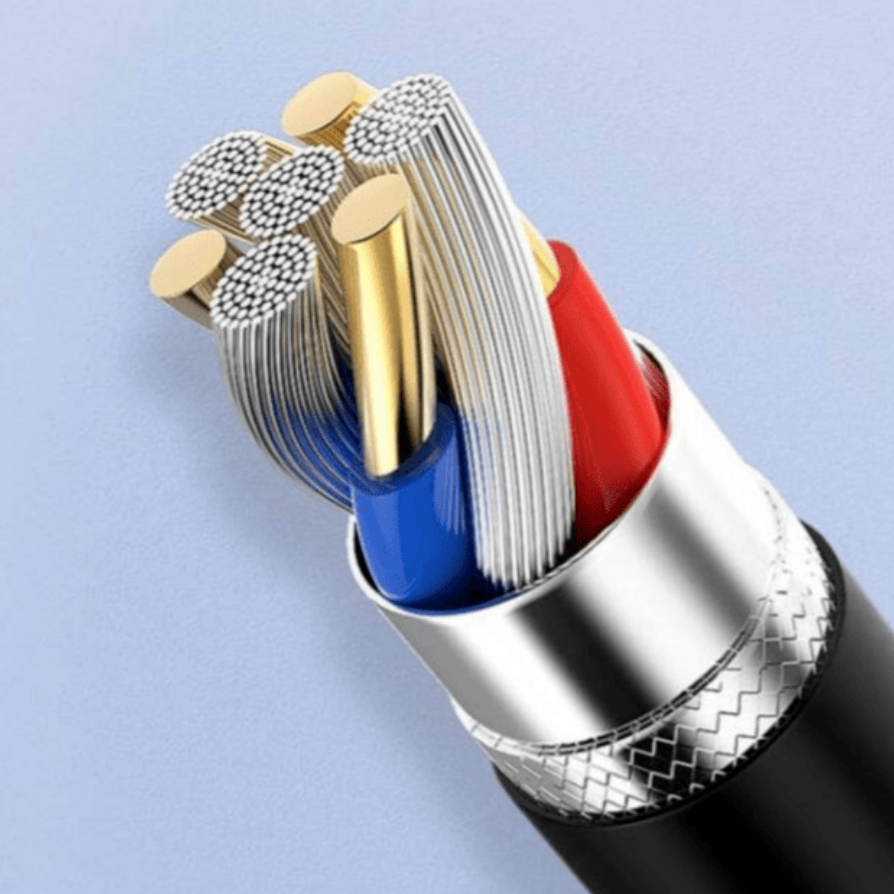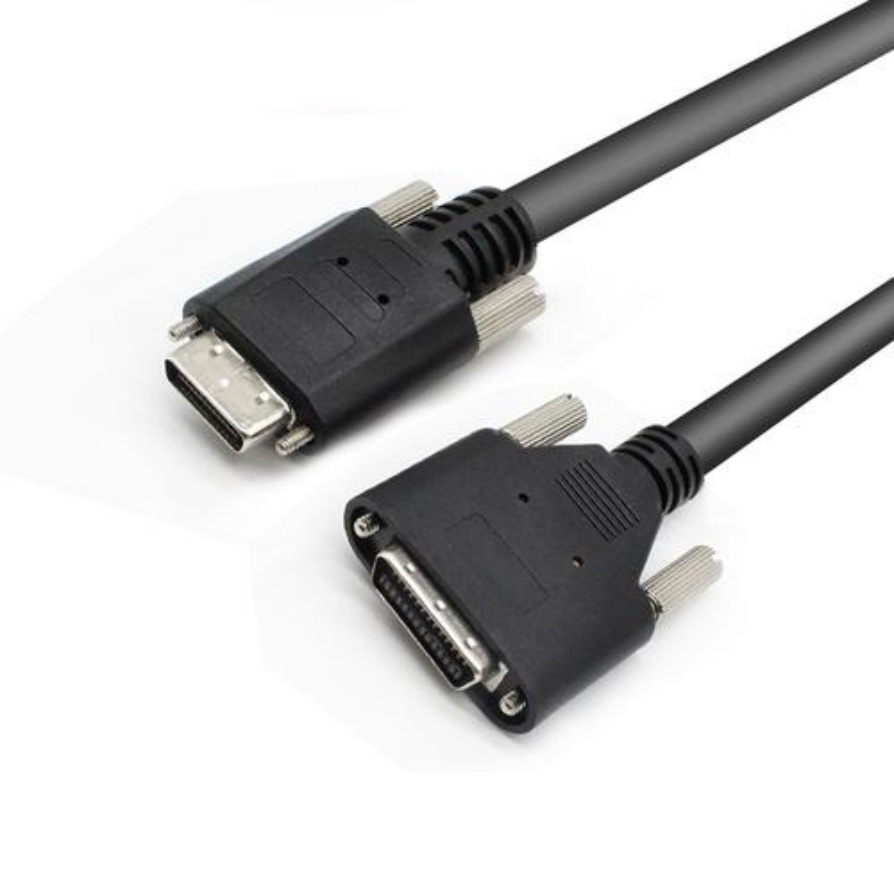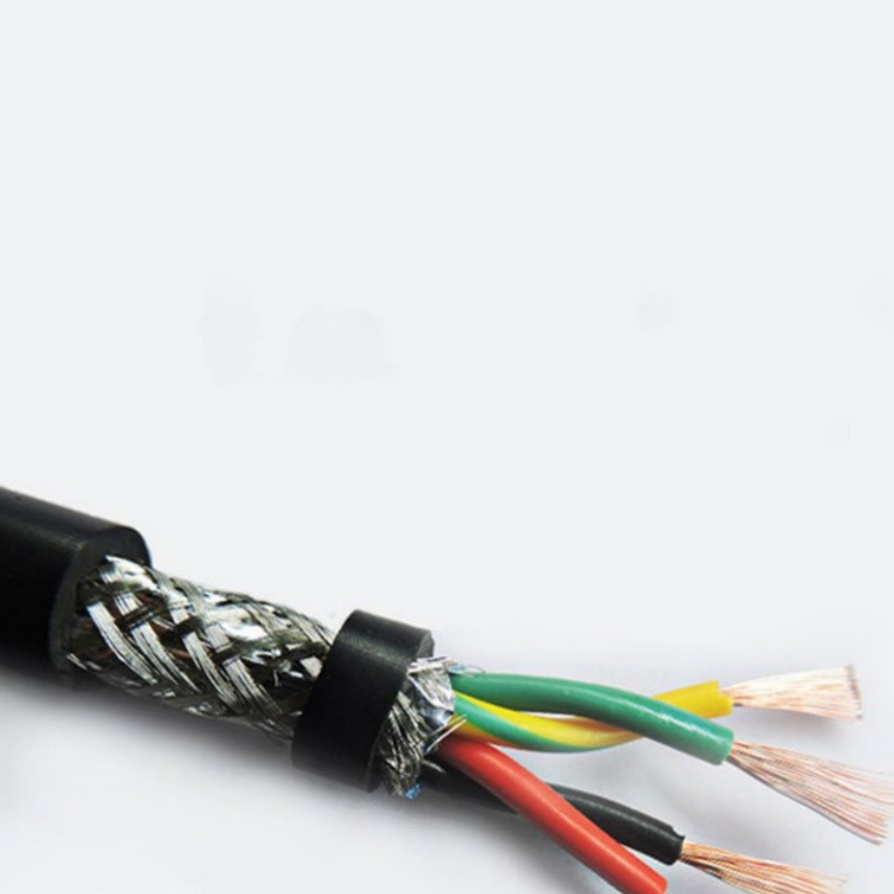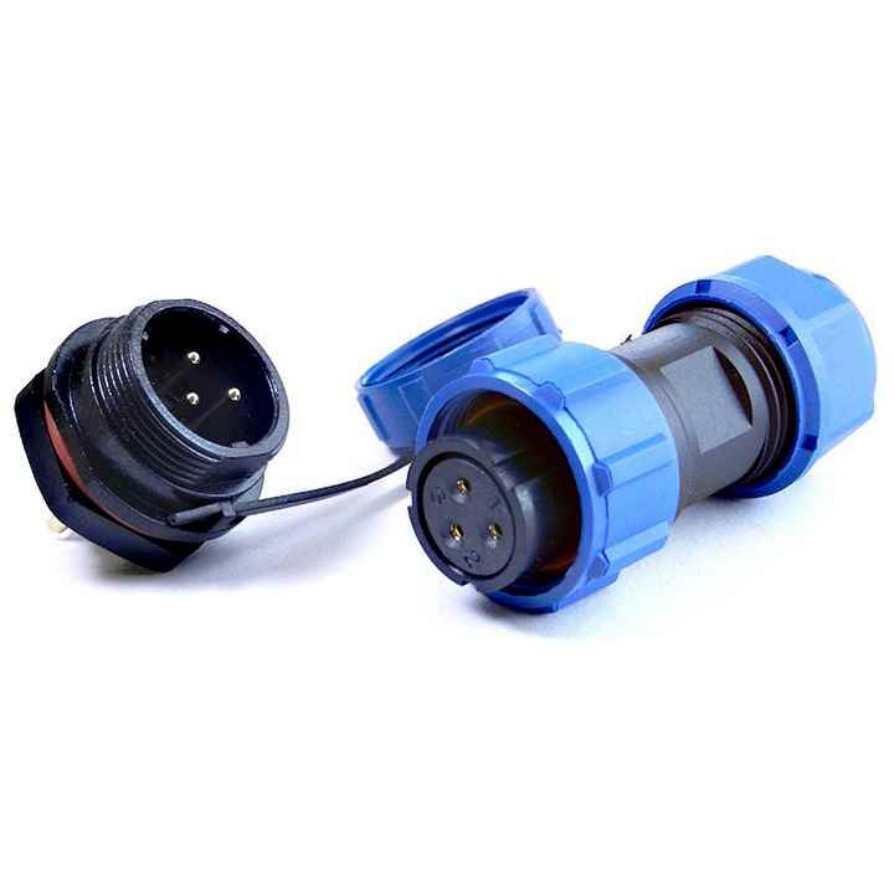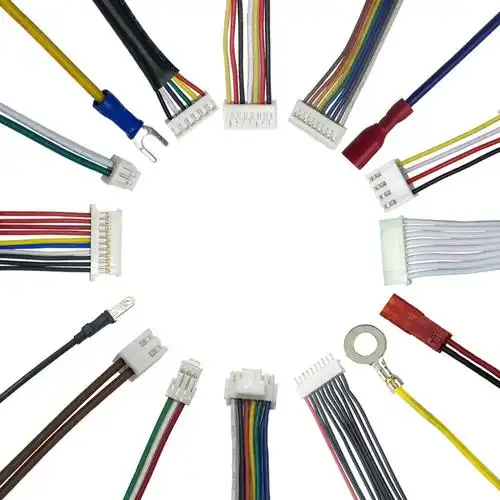Micro USB Vision Cables: The “Invisible Connectivity Core”...
Amid the trend of industrial automation evolving toward “precision, miniaturization, and high speed,” machine vision systems have become the “eyes” of production lines. From SMT (Surface Mount Technology) inspection and component dimension measurement to assembly positioning and defect sorting, all rely on the real-time transmission of high-definition image data. Micro USB vision cables, with their compact design and stable transmission capabilities, have emerged as key components that adapt to miniaturized machine vision equipment and solve wiring challenges in industrial scenarios, completely addressing the pain points of traditional USB cables—such as “mismatched size and insufficient stability”—in industrial environments.
I. Core Application Scenarios of Micro USB Vision Cables in Industrial Automation
The core needs of industrial automation scenarios are “space adaptability” and “data reliability.” Through their miniaturized connectors (e.g., Micro-B type) and optimized transmission structure, Micro USB vision cables precisely fit the following four key links:
1. SMT Production Lines: “Millimeter-Level Inspection” of Pads and Components
In SMT production lines, vision cameras need to be installed in the compact spaces of reflow ovens and placement machines to conduct millimeter-level inspections of pad flatness and component placement offset on PCBs. The larger Type-A/B connectors of traditional standard USB cables cannot fit into the narrow inspection chambers of placement machines. In contrast, the miniaturized connectors of Micro USB vision cables can directly interface with small industrial cameras (e.g., 1/3-inch CMOS cameras) and support transmission speeds of USB 2.0 (480Mbps) or higher. This enables real-time transmission of high-definition inspection images of PCBs, ensuring placement yield (e.g., recognition accuracy for ultra-small 01005 components).
Meanwhile, such cables typically use tinned copper shielding layers, which can resist Electromagnetic Interference (EMI) generated by placement machines and frequency converters in SMT workshops. This prevents image noise that could lead to misjudgments—for example, one electronics factory saw a drop in SMT placement defect omission rate from 0.3% to 0.05% after adoption.
2. Precision Assembly: “Vision-Guided Positioning” for Robots
In the precision assembly of automotive components and 3C products (e.g., smartphone camera module assembly, automotive sensor installation), industrial robots rely on vision systems to obtain “component position coordinates.” At this point, vision cameras are often fixed near the end effectors (grippers) of robots, where space is extremely limited. The thin cable body (with a diameter as low as 3mm) and short-size connectors (approximately 8mm in length) of Micro USB vision cables can flexibly bypass robotic arm joints, avoiding cable tangling or pinching.
More importantly, some industrial-grade Micro USB vision cables support “dual-mode transmission of data + power supply.” A single cable can both power the camera (5V/2A) and transmit images, reducing the number of wires at the robot end and lowering the risk of cable wear during mechanical movement. This extends equipment maintenance cycles (from 3 months to over 6 months).
3. In-Line Quality Inspection: “Real-Time Defect Sorting” for Assembly Lines
In assembly lines for food packaging and metal part processing, vision systems need to perform “100% inspection” of products—such as checking for liquid leakage in sealed packaging or scratches on metal parts. In these scenarios, vision cameras are often installed on narrow brackets on both sides of the assembly line and must withstand dust and oil contamination in the workshop.
Industrial-grade versions of Micro USB vision cables (e.g., those with IP65 protection rating) can be directly exposed to dusty environments, and their PVC or TPU outer sheaths resist oil erosion. Additionally, the “zero-latency transmission” feature of the cables ensures that each frame of image (e.g., 1280×720 resolution) is transmitted to the industrial computer within 20ms. Combined with algorithms, this enables “real-time rejection of defective products,” preventing substandard goods from entering subsequent processes.
4. AGVs and Logistics Sorting: “Dynamic Vision Connectivity” for Mobile Equipment
In automated warehouses, Automated Guided Vehicles (AGVs) rely on vision cameras to identify ground QR codes or cargo labels for path planning and cargo sorting. AGVs have limited body space and are in a mobile state, placing high demands on the “flexibility” and “tensile resistance” of cables.
Micro USB vision cables use multi-strand fine copper conductors (e.g., 24AWG), with a bending radius as low as 10mm, allowing them to adapt to cable swings when AGVs turn. Meanwhile, the reinforced design of cable connectors (e.g., anti-pull latches) prevents connector detachment during movement, ensuring continuous transmission of vision data—one e-commerce warehouse saw a drop in AGV vision positioning failure rate from 5% to 0.8% after adoption.
II. Core Advantages of Micro USB Vision Cables in Industrial Automation
Compared with traditional industrial cables (e.g., Gigabit Ethernet cables) or ordinary USB cables, Micro USB vision cables have irreplaceable advantages in industrial scenarios:
- Stronger Space Adaptability: The size of miniaturized connectors (Micro-B/Micro-AB) is only 1/3 that of standard USB Type-B connectors. They can adapt to micro industrial cameras smaller than 50mm×50mm, resolving the contradiction between “equipment miniaturization and oversized cables.”
- Superior Transmission Stability: Industrial-grade products are equipped with double-layer shielding (aluminum foil + braided mesh), offering EMI resistance far exceeding that of ordinary USB cables. This ensures distortion-free images in high-interference environments with frequency converters and motors.
- Lower Wiring Costs: They support integrated “data + power supply” transmission, reducing the number of wires per device (from 2 to 1). This lowers workshop wiring labor and material costs while reducing the risk of cable tangling.
- Wider Compatibility: They are compatible with mainstream industrial vision camera brands (e.g., micro camera models from Basler, Keyence, and Hikvision), eliminating the need for additional adapters and lowering device interface difficulty.
III. Industrial Scenario Selection: How to Choose the Right Micro USB Vision Cable?
When selecting cables for industrial automation, users should focus on the following 3 core indicators to avoid “mismatch failure” or “shortened service life”:
- Transmission Standard: For transmitting 1080P/4K industrial camera images, prioritize USB 3.0 or higher standards (transmission rate ≥5Gbps); for low-resolution inspection below 720P, USB 2.0 is sufficient.
- Protection Rating: For workshops with heavy dust and oil contamination, choose cables with IP65/IP67 protection; for clean rooms (e.g., semiconductor factories), select clean-grade cables with halogen-free flame-retardant sheaths.
- Customization Needs: For mobile scenarios such as robotic arms and AGVs, choose cables with tensile-resistant fibers (e.g., Kevlar); for ultra-short distances (e.g., between cameras and nearby industrial computers), customize short-length cables (10-30cm) to reduce cable redundancy.
Choose FRS: A Reliable Partner for Industrial-Grade Micro USB Vision Cables
As a factory specializing in industrial connectivity solutions, FRS understands the strict requirements of industrial automation for cable “stability, adaptability, and durability.” FRS’s Micro USB vision cables are specifically designed for industrial scenarios:
- Material Upgrade: High-purity oxygen-free copper conductors + double-layer shielding structure enhance EMI resistance by 30%, ensuring delay-free image transmission for SMT inspection and robot assembly.
- Customization Services: Cables of any length from 5cm to 10m can be provided based on customer equipment dimensions (e.g., AGV robots, micro inspection cameras), with connectors available with anti-drop latches and IP67 waterproof sheaths.
- Quality Assurance: Each cable undergoes 1000-cycle bending tests and high-temperature (85℃)/low-temperature (-40℃) environmental tests. Its service life far exceeds the industry average, reducing factory maintenance costs.
Whether for precision inspection in SMT production lines or vision guidance for AGV robots, FRS Micro USB vision cables provide “small yet sophisticated” connectivity solutions for industrial automation, helping production lines reduce costs and increase efficiency.


